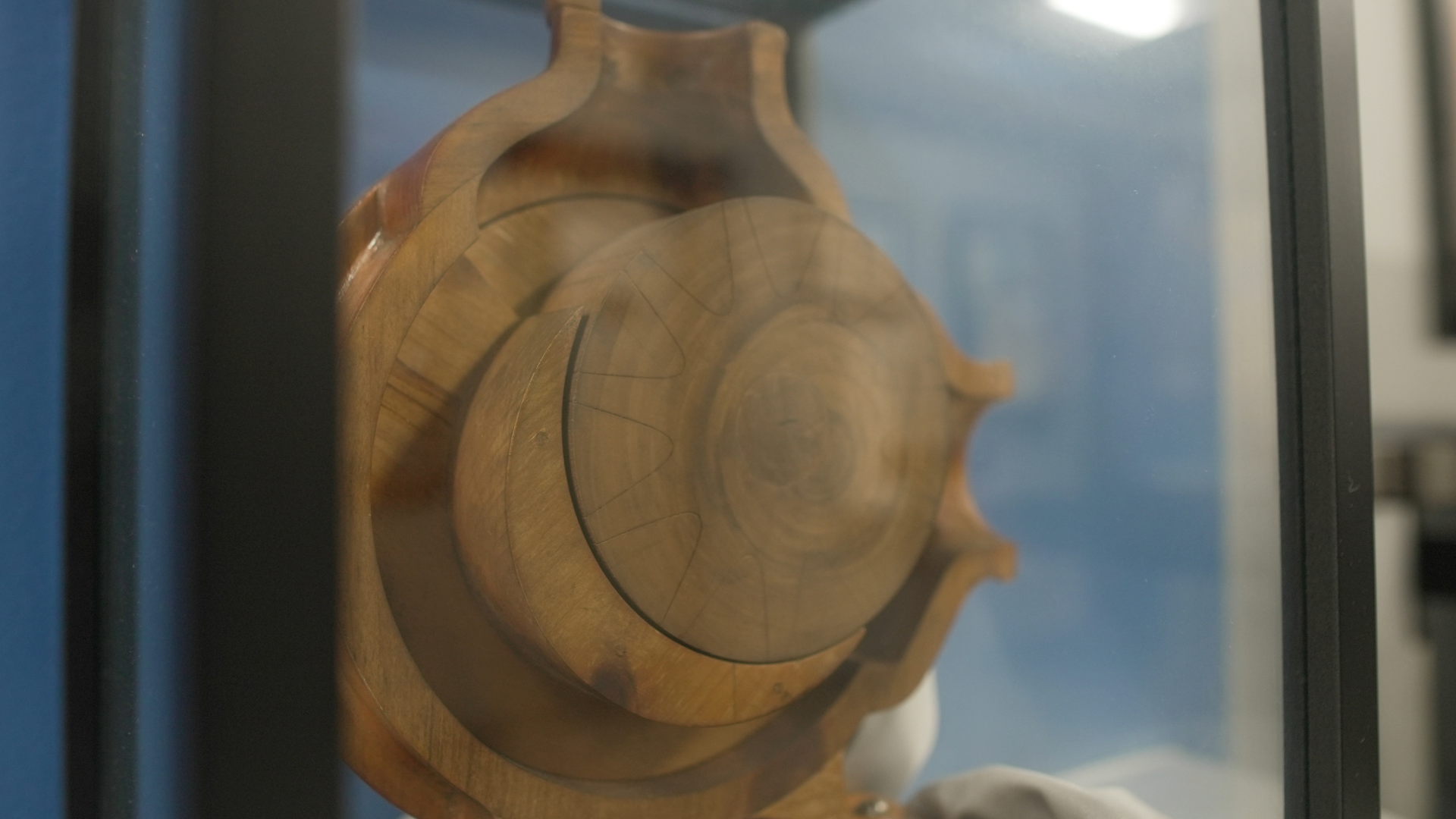
How An Internal Gear Pump Works
Explore how internal gear pumps work, their unique “gear within a gear” design, and key advantages like efficiency and versatility. Ideal for professionals in fluid handling industries.
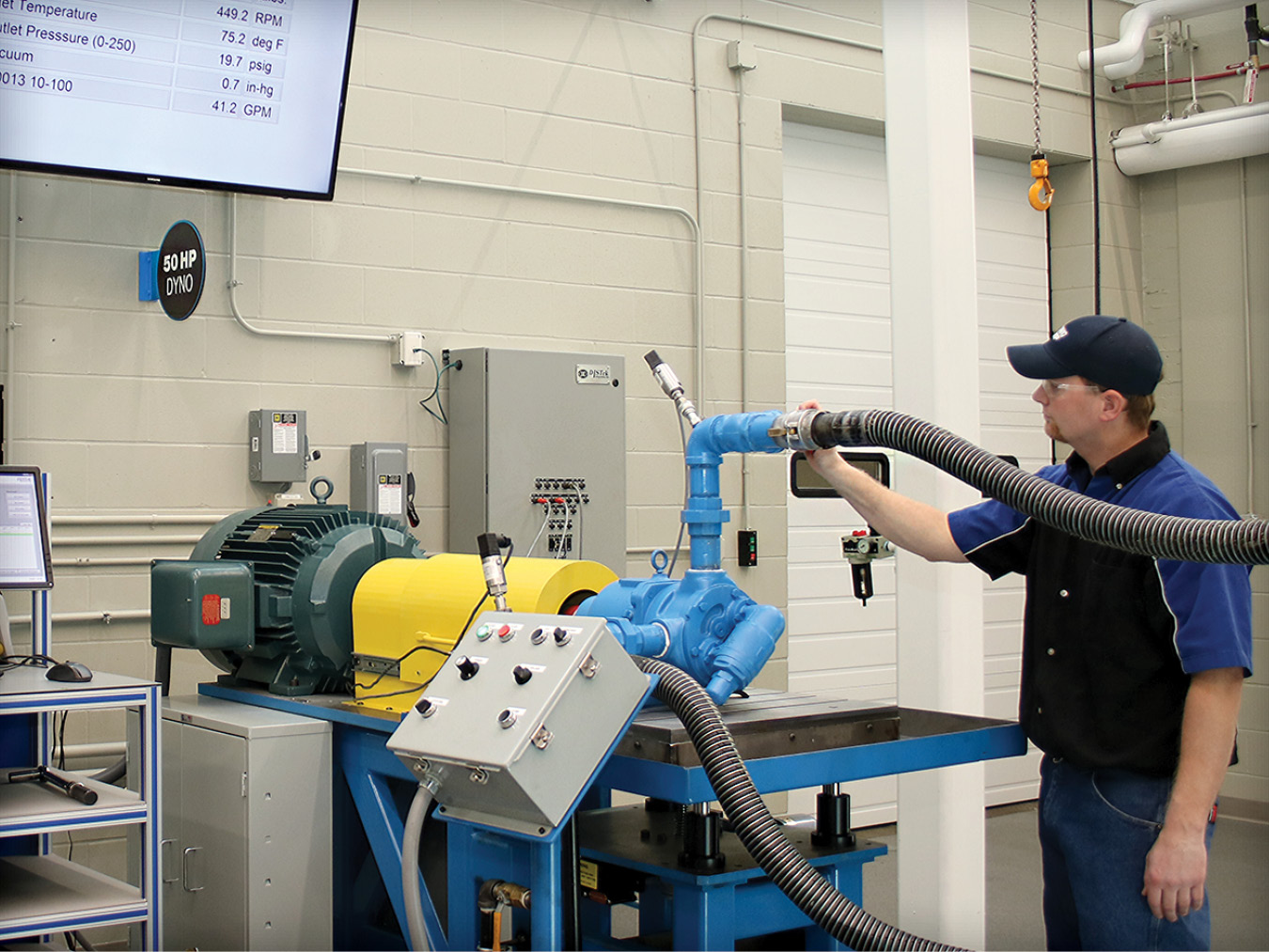
5 Reasons to NOT Settle for Imitators
Having a great product, with a great reputation, and being a technology inventor like Viking Pump®, positions you as a market leader with high visibility. As such, other internal gear pump manufacturers naturally want to follow in your footsteps. While that is a huge compliment, it also causes confusion among internal gear pump buyers.
In this article we'll walk through 5 reasons you'll want to stick with genuine Viking Pump parts and products, saving you time, money, and a headache.
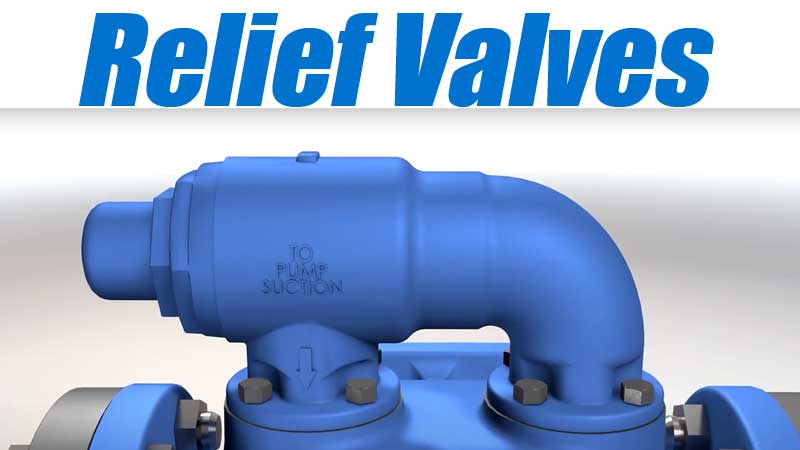
Relief Valves: The ever-vigilant heroes
Millions of homes around the world are fitted with water heating devices such as boilers or water supply heaters. Should they overheat, pressures can rise internally until the tank ruptures. Though extremely rare, this does happen and can even propel a water heater like a rocket through the floor and roof of a dwelling. So how can we sleep peacefully each night with the knowledge that a potential catastrophe lurks in the basement?
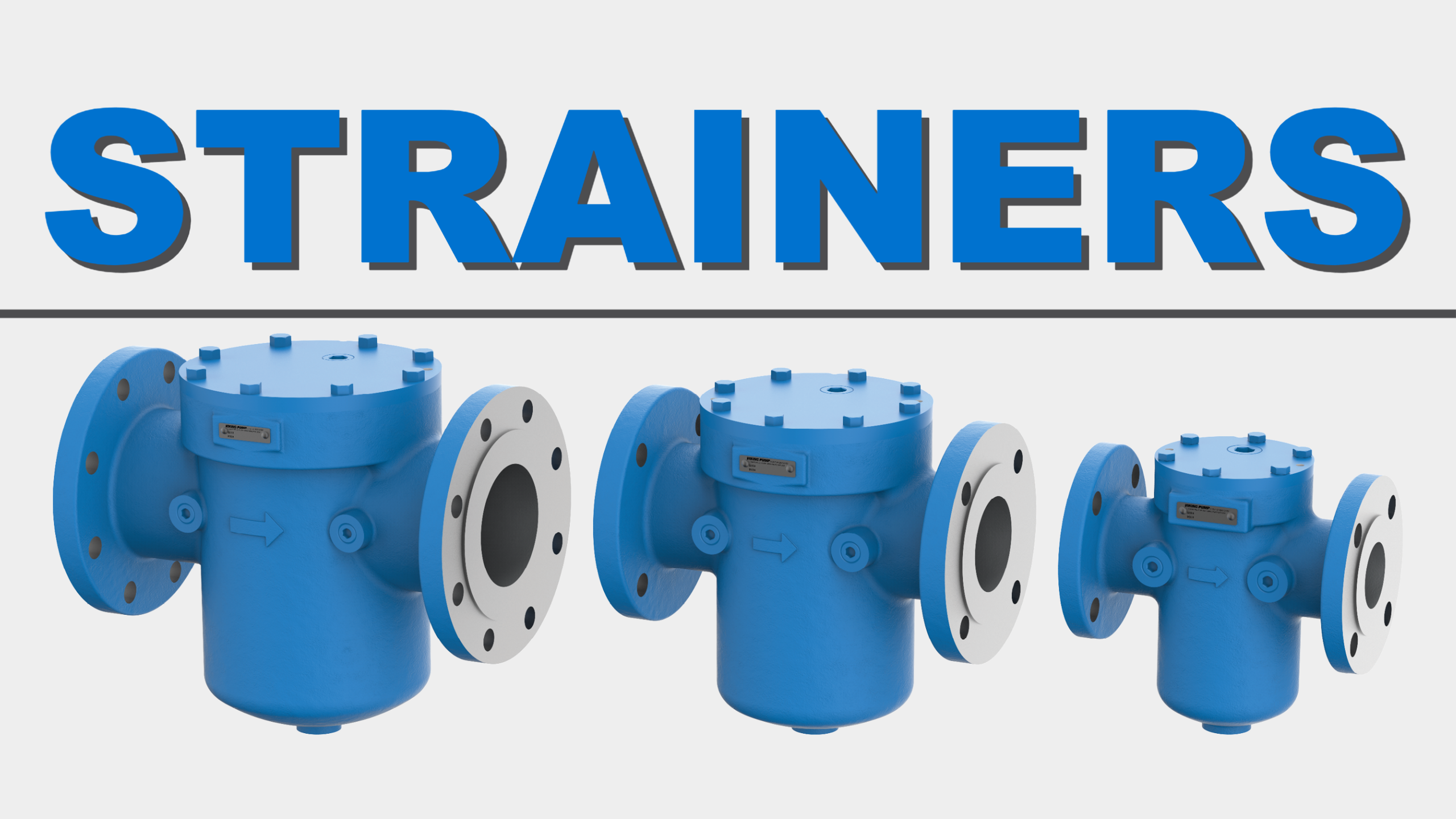
Low-Cost Insurance Policy: how a strainer will save you time and money
It’s typically impossible to see inside pipes and tanks.
Industrial pipes are usually steel or stainless. Even the occasionally used PVC is typically opaque.
But on the day of this customer visit, they had a sight glass placed in a horizontal run of pipe which permitted a peek inside. Normally this glass was used to inspect the color and clarity of the product flowing by. But today the customer and myself were fixated on...
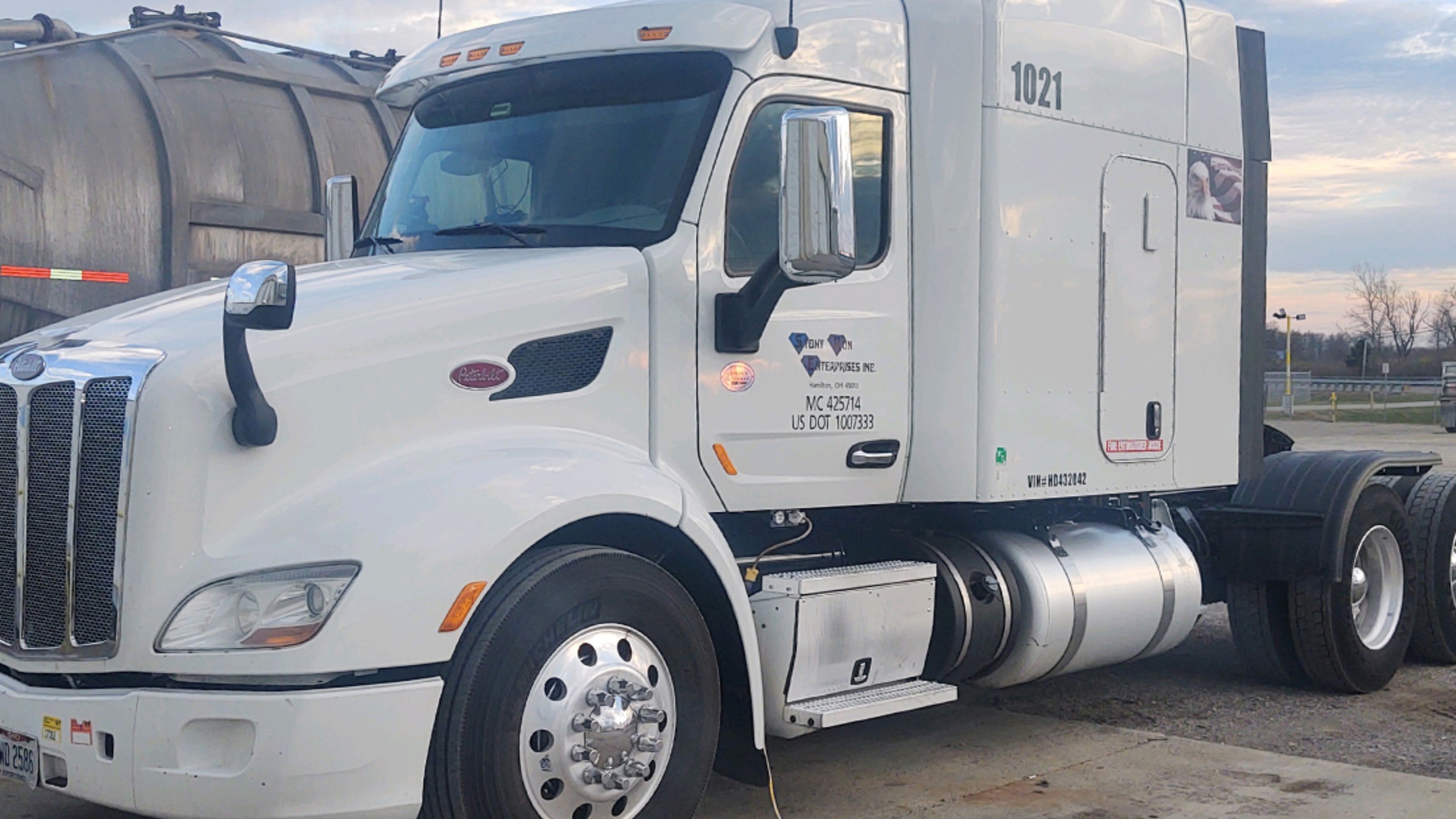
Chemical Transportation Company Saves Time with RTPe Series™
With today’s fast-paced supply chain demands, it is essential that tanker truck systems can unload contents quickly to ensure timely delivery for optimum manufacturing efficiency. Stony Run Enterprises Inc., a family-owned trucking enterprise located in Hamilton, Ohio, understands this sense of urgency with its commitment to transport multiple types of products with “speed, safety, and professionalism.”

Chocolate Plant Eliminates Leakage with O-Pro® Barrier
Discover how a major chocolate producer eliminated leakage and reduced maintenance costs using Viking Pump’s O-Pro® Barrier technology.
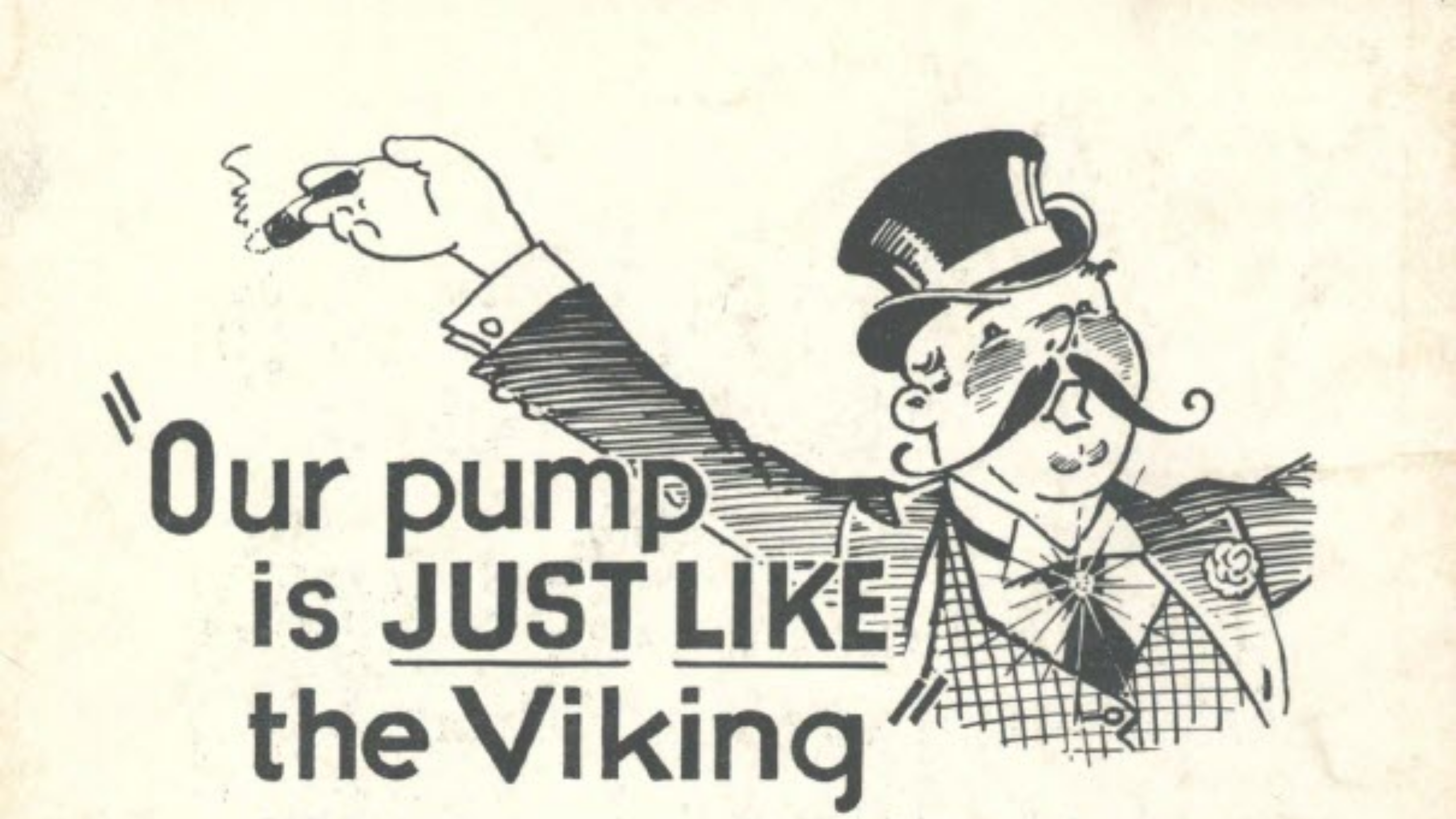
Imitation is the Sincerest Form of Flattery…Or Not?
“Imitation is the sincerest form of flattery that mediocrity can pay to greatness.” ― Oscar Wilde
Having a great product, with a great reputation, and being a technology inventor like Viking Pump®, positions you as a market leader with high visibility. As such, other gear pump manufacturers naturally want to follow in your footsteps. While that is a huge compliment, it also causes confusion among gear pump buyers.
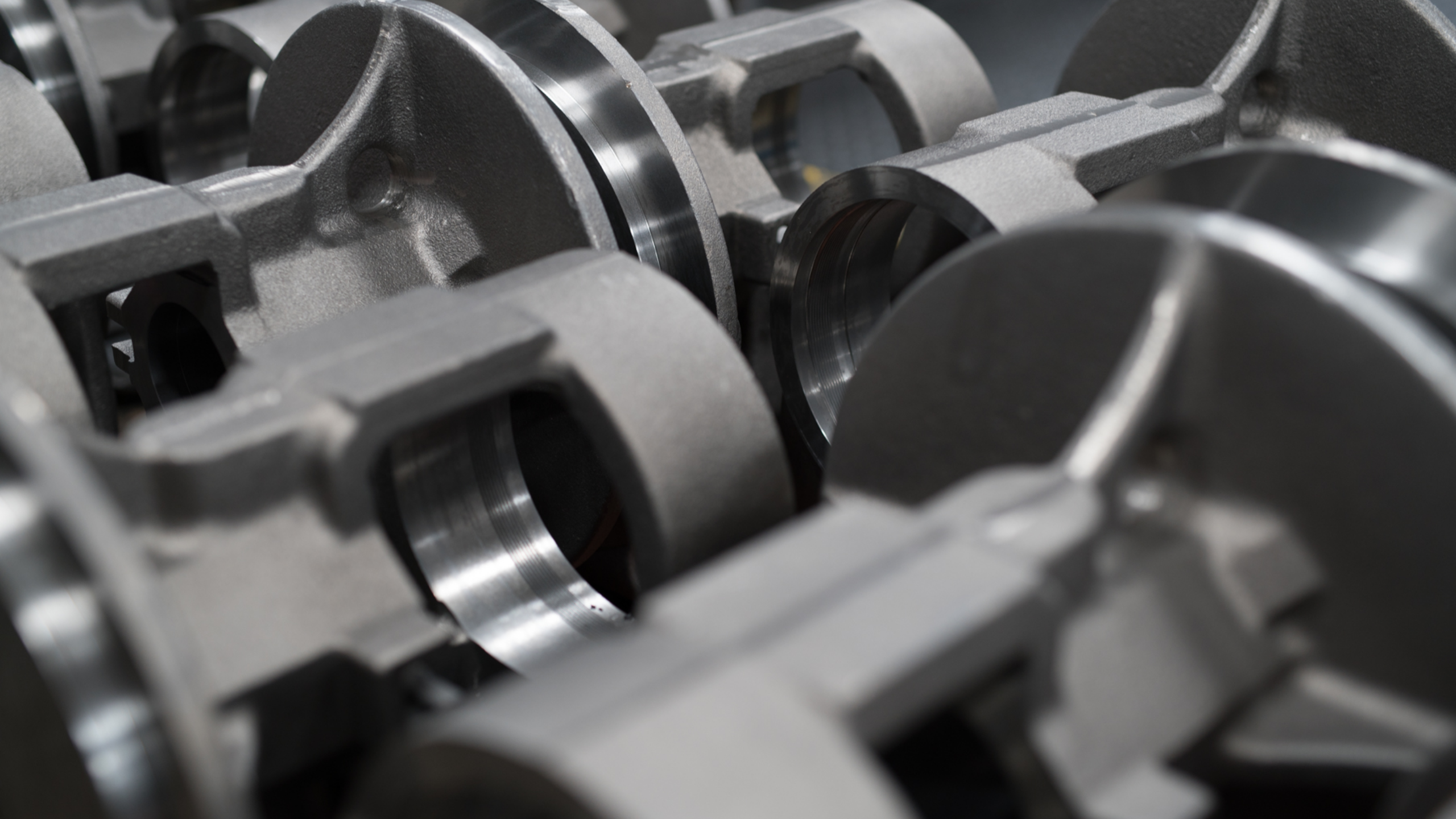
Banana Pumps and Star Gears: A guide to pump industry slang
A gentleman once contacted me to let me know that he’d cracked a head, an impressive, but not entirely unheard-of feat. When I asked how this had happened he admitted “well, I was wailing on it pretty hard”; I appreciated his honesty. What followed was a 30-minute conversation full of mis-assumptions and confusion. At the conclusion I discovered that he was not talking about a head (as in the end plate of a gear pump) but rather a head (as in the top of a snare drum). An internet search for “head” had landed him on our site by mistake.
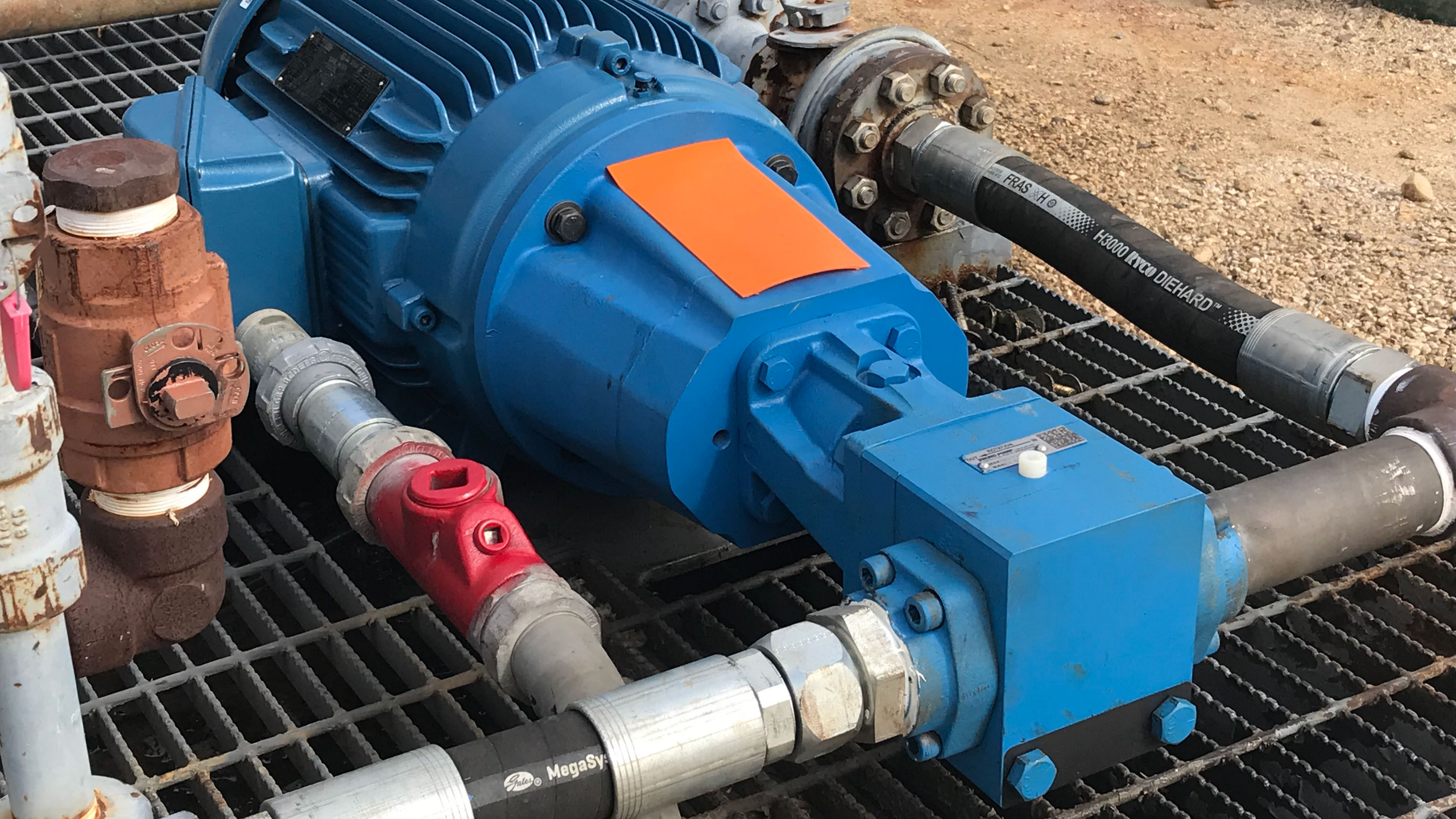
Driving Natural Gas with Glycol Pumps
Explore how Viking gear pumps improve natural gas dehydration with glycol in high-temp, high-pressure conditions.